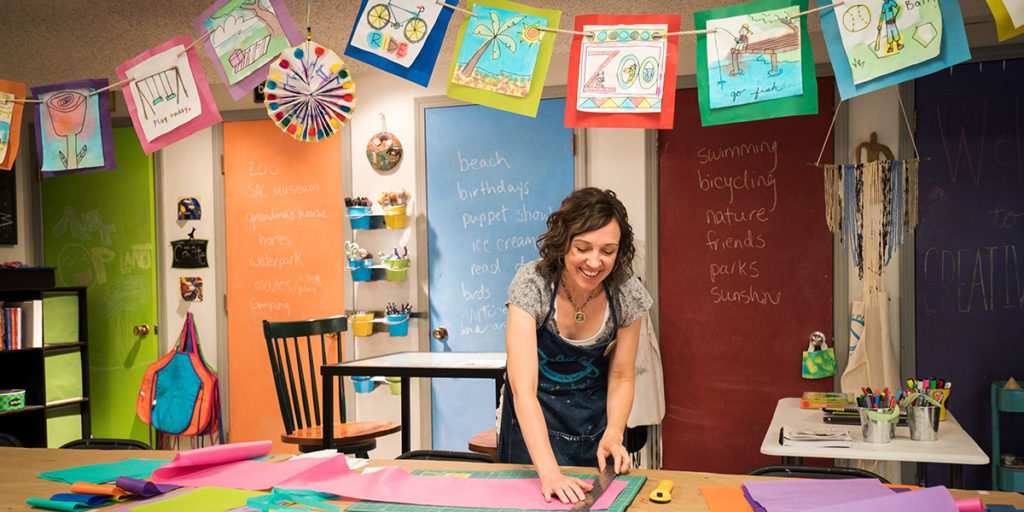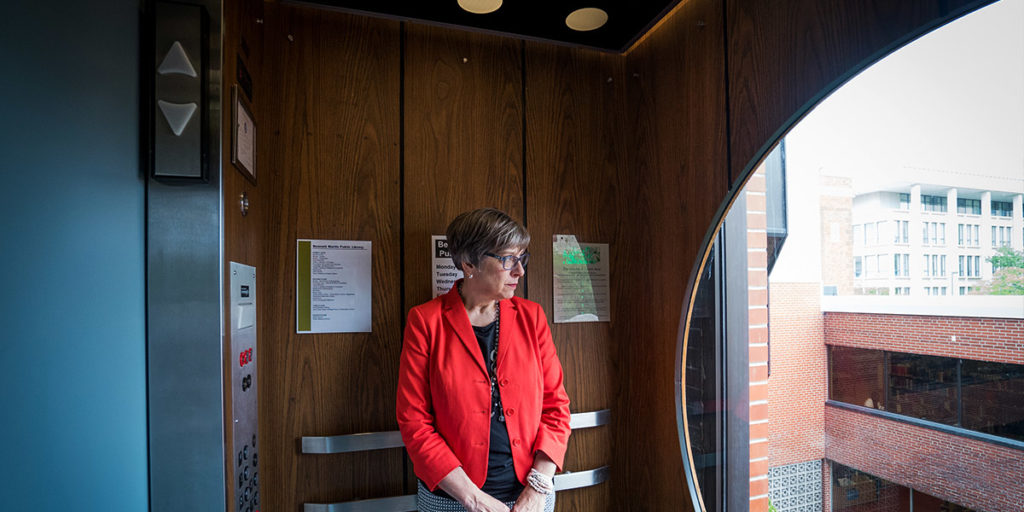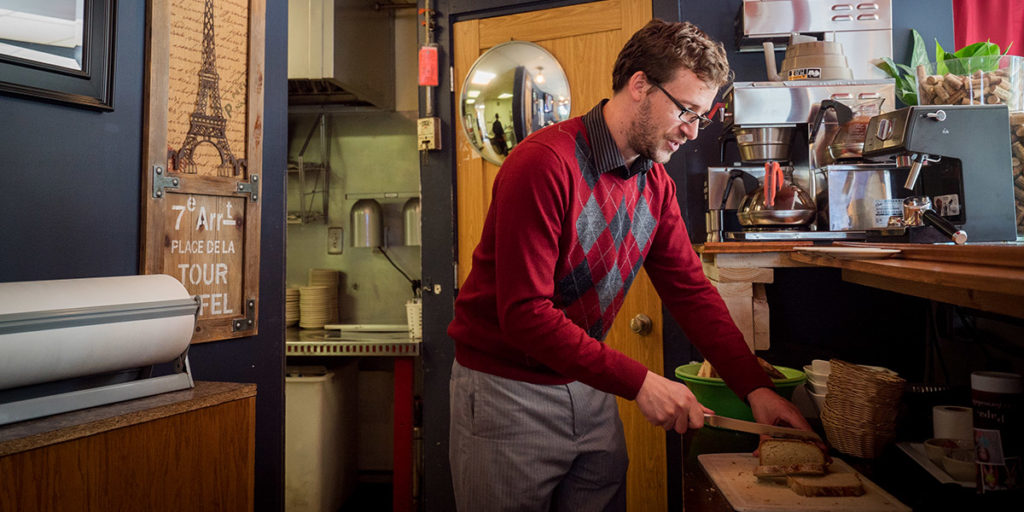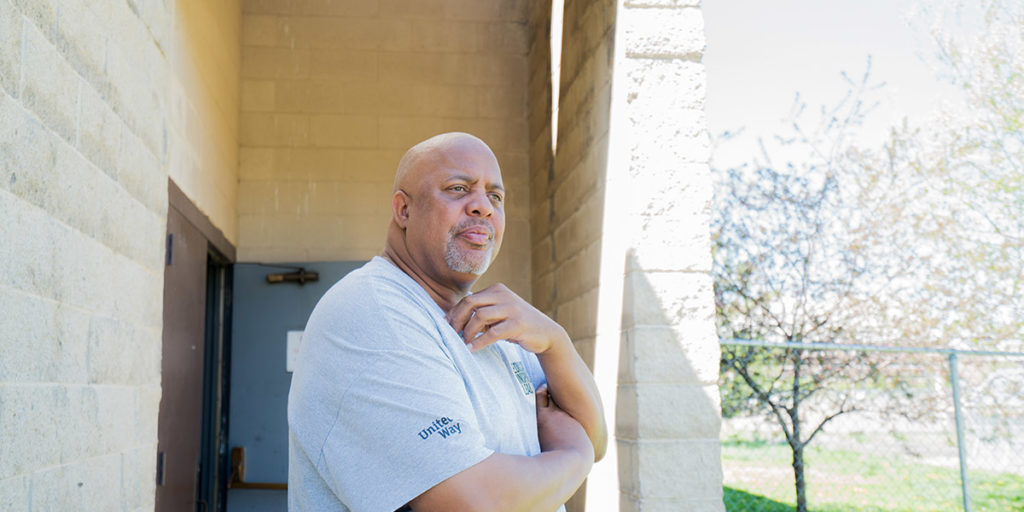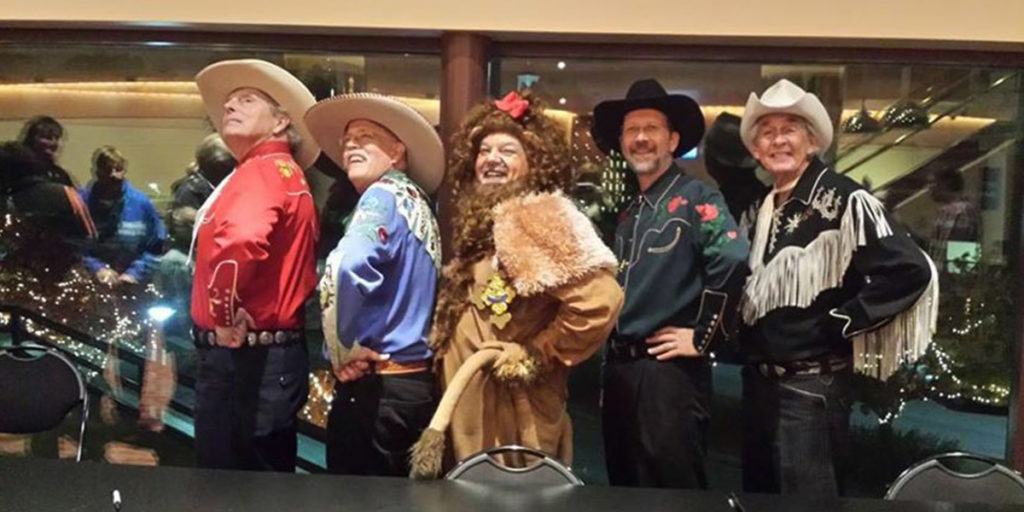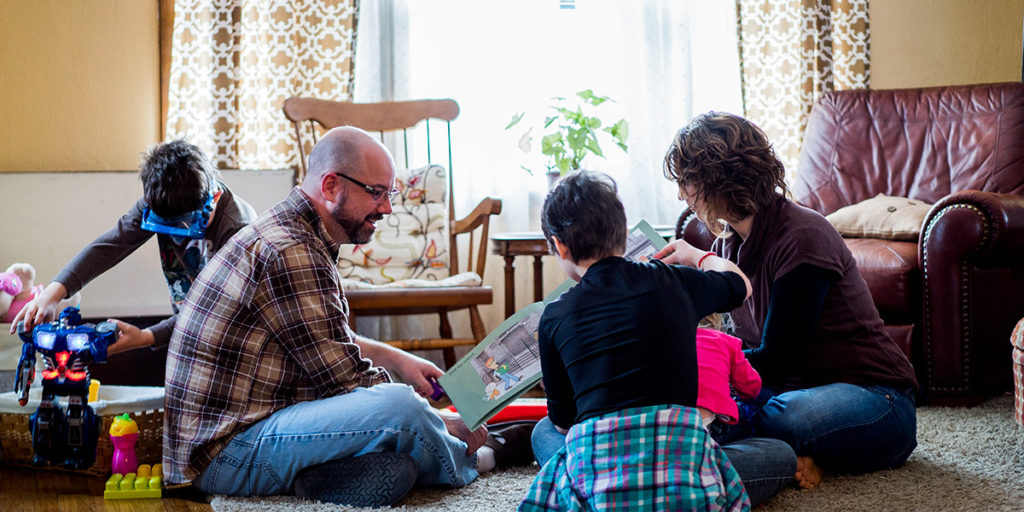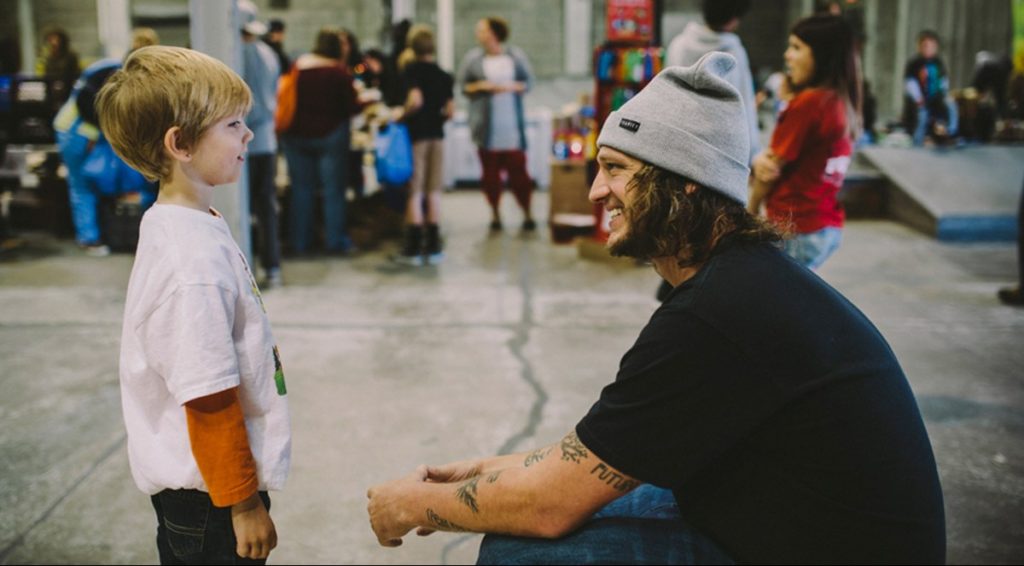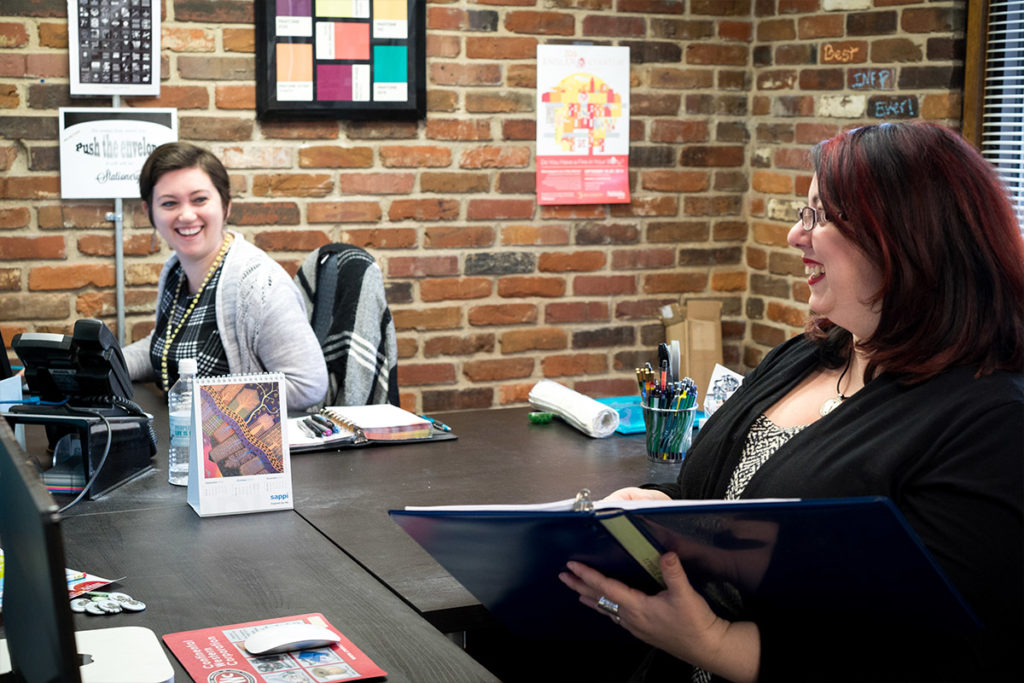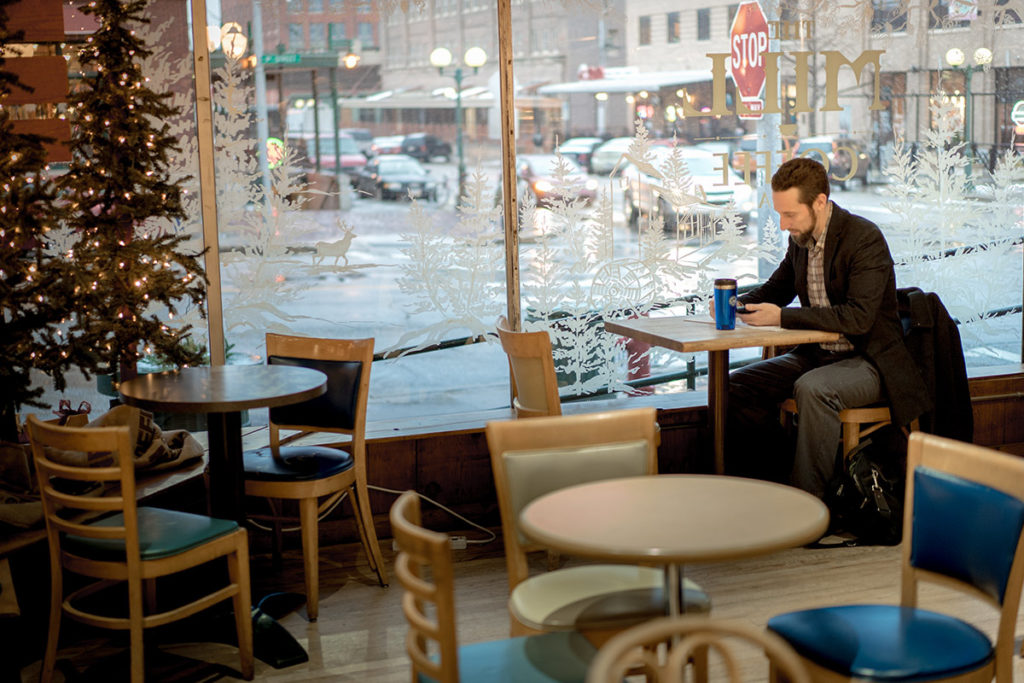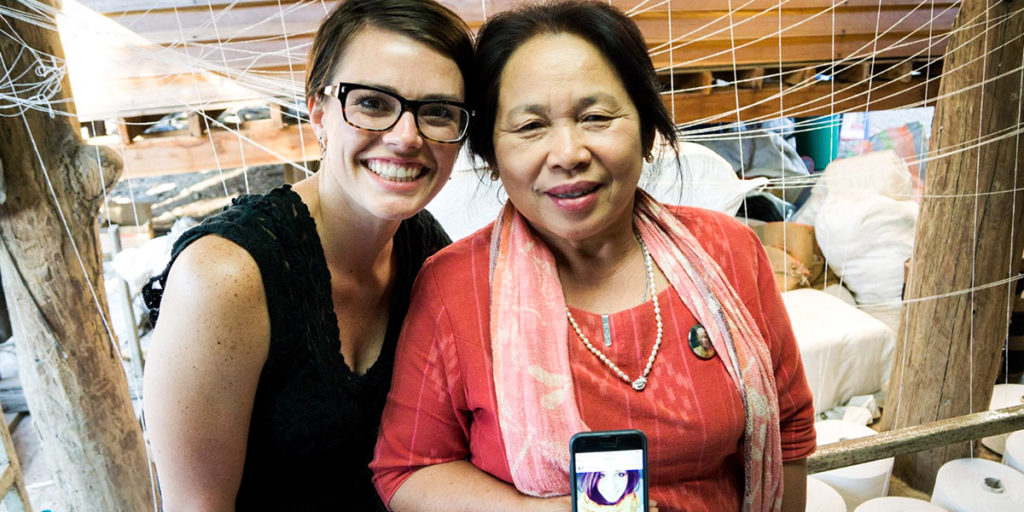
“I love your necklace!”
It’s a phrase that Brooke Mullen hears a lot, and it’s not just about her necklaces. It’s her purses, scarves, rings, bracelets – basically all of her accessories.
Brooke has great style, but she also knows where all of her accessories were made. She knows the names of the artisans, where they live and how they learned their craft.
She knows all of this because Brooke owns Sapahn (pronounced “s-uh-pawn”), a fair-trade and ethically sourced accessory shop that she runs from Lincoln and Thailand.
She and her husband, Matt, have lived in Thailand for the past eight years and Brooke spends about three months in Nebraska every year to visit family and host Sapahn trunk shows.
It seems like a rather odd career choice for someone who spent most of her growing up years in Lincoln, Nebraska, and yet, Brooke said she’s not at all surprised by the kind of work she’s doing.
It’s adventurous and exciting, risky and stressful and it’s 100 percent Brooke.
But Sapahn is not why Brooke and Matt went to Thailand in the first place. Their main goal was to learn.
Matt worked toward his Master’s degree in Human Rights and Brooke worked with local nonprofits. Eventually Brooke also got her Master’s degree and Matt moved on to a PhD, but in the process, Brooke noticed something about Thailand.
The Thai people are exquisite craftsmen. Brooke spent lots of time visiting busy markets, talking with the men and women who made made blankets, scarves and jewelry and then she’d ask them where she could see these items being made.
“In our village,” they’d say.
Much to their surprise, Brooke would eagerly ask them to take her there.
“But it’s 12 hours away,” they’d protest.
“That’s ok,” she’d say. “When can I come with you?”
Brooke had a lot of conversations like this at the market, and they were followed up with long, hot bus rides to small Thai villages.
That’s really where Sapahn started, with Brooke watching in awe as a local artisan intricately created a one-of-a-kind item using a method passed down from generation to generation.
But it was also a little sad, Brooke said. So many of these talented artists couldn’t afford to take their goods to sell at the larger markets in big cities. Brooke was determined to find a better way for these people to display and sell their creations.
Around the same time, Matt and Brooke met Marie Tu. She was a bright, happy girl who worked and took care of her family. She had some education but knew that she needed more to properly provide for her family.
Matt and Brooke offered to help her earn some extra money to put toward her tuition.
Brooke packed up a few suitcases full of purses, scarves and jewelry on their trip back to the United States and hosted a small trunk show, with all the proceeds going toward Marie’s tuition money. She called her trunk sale ‘Sapahn,’ the Thai word for bridge, because she was bridging a gap between people, cultures and communities. She sold out in one night.
They raised $1,000 on that first trip, and much more over the next few years for Marie’s tuition.
But all of this got Brooke thinking – if people loved the items she was bringing back to the States, maybe there was a way to help these Thai artisans and provide people with high-quality goods.
And that’s how Sapahn turned into a business. What started out as a way to earn scholarship money, morphed into a model that now provides 10 Thai communities – involving 500 artists –with a fair return on their handmade goods.
This is what she’s spent the last six years doing, growing Sapahn between Lincoln and Thailand.
In Thailand, Brooke spends time with each of the artisans, collaborating on new designs that she launches every year. She looks for inspiration at local markets, picks out fabrics and plans for the upcoming season.
Back in the U.S., things slow down a little bit. Brooke hosts trunk shows, meets with fellow entrepreneurs and spends a lot of time dreaming about how she wants Sapahn to grow.
It’s all been very organic, but also intentional, Brooke said.
The growth of Sapahn has been slow but steady, and people are really connecting with her mission. And for Brooke, that’s the best part.
She’s not just selling pretty accessories and she’s not just running a business, Sapahn is about exposure. It’s about giving local artists a chance to be heard, a chance to tell their story and a chance for others to get involved.
Brooke loves it when people ask about her jewelry, scarves or purses. It’s an open door to sharing about the people who are behind the items that she wears every day, but it’s also a window into Brooke’s own story.
Brooke has made the story of others her story. She’s leveraged her curiosity and passion in a way that helps others, and she’s asking her customers to do the same.
